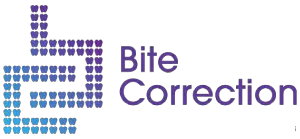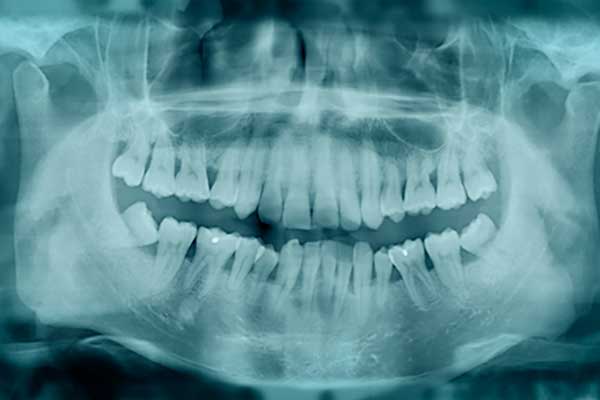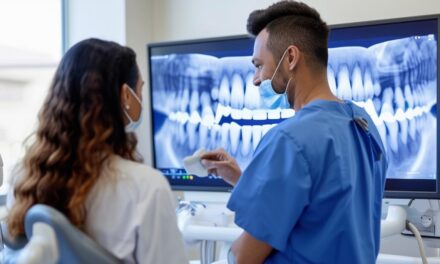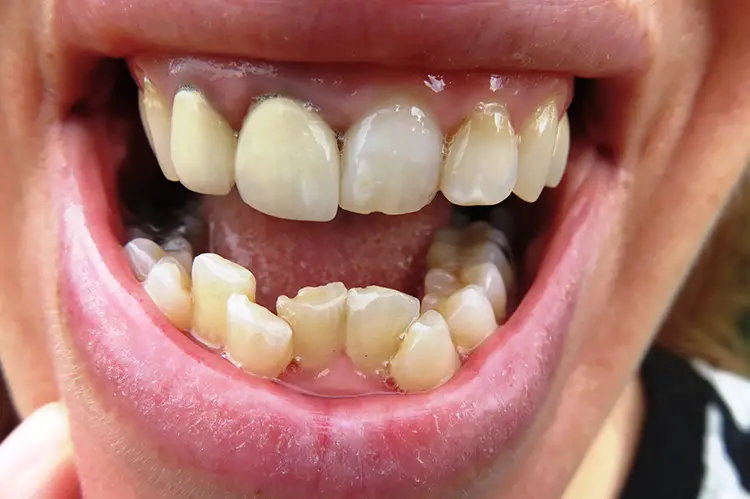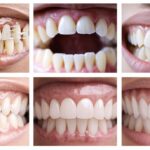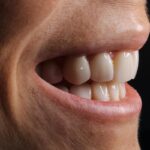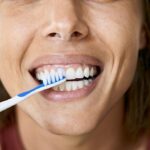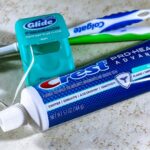Twisted, overlapping or overcrowded teeth may describe some peoples’ smiles. But there are so many reasons why people’s teeth grow in misaligned. In some cases, a person’s mouth may be too small for their teeth and shifting or repositioning occurs to make room. Some people also have lower and upper jaws that are unequal in size causing an overbite or an underbite. In these conditions either the upper or lower jaw is protruding forward. Excessive projection of the upper jaw is called an overbite, while undue protusion of the lower jaw is called an underbite. Fortunately, bite correction is obtainable and can repair oral health problems before those issues leave a permanent mark.
Genetics does play its part. Underbites, overbites and crooked teeth are physical traits like the color of your eyes, or the size of your feet. Other factors of misaligned bites can be the loss of teeth in adulthood or baby teeth as a child. Other times it’s the uneven fit of a crown or filling, periodontal disease, a jaw injury, or even mouth or jaw tumors. And don’t forget common oral health issues that began in infancy, like tongue thrusting, pacifier use, prolong use of a bottle, or thumb sucking.
Admittedly, problems crop up when an overbite, underbite or misaligned teeth are allowed to linger. Often the phrase” if it ain’t broke; don’t fix it” comes to mind. Unfortunately, this type of thinking can successfully lead people down a path that could have easily been avoided. What can you expect with an overcrowded smile and a misaligned bite? With the proper bite correction treatment, people can avoid the following:
- Self-consciousness about their appearance resulting in a lower self-esteem due to misaligned and crooked teeth
- Improper chewing, which long-term can cause uneven wear of tooth enamel or deterioration of their jawbone.
- Speech impediments, such as a lisp.
- Possible strain of the upper or lower jaw resulting in TMJ.
- Difficulty in keeping their teeth clean which places them at risk for periodontal disease.
What Signs Indicate I Need Bite Correction?
While appearance alone can tell a person if their teeth are improperly aligned, a dentist can confirm if further treatment is necessary. A dental professional or orthodontist can look for abnormal teeth alignment or an abnormality in facial appearance. If chewing, biting or speaking is difficult, your dentist can refer you to an orthodontist for bite correction and a customized plan to eradicate these issues.
What is an Orthodontist Appointment Like?
First the orthodontist will take photographs of the face, x-rays and make teeth molds or impressions. X-rays provide the orthodontist with the exact positioning of both the teeth and their roots. It also gives them an indication if any other teeth are coming through the gums, such as wisdom teeth. Panoramic or cephalometrics x-rays taken from different angles to show the relationship of your head, jaw and mouth to one another. The molds or impressions are taken by having the patient bite into a mold of gooey material that hardens into a plaster model.
How is Bite Correction Done?
Once the orthodontist makes a diagnosis, a treatment plan is developed. Some people may only require a retainer which places pressure on, and helps with, the new positioning of the teeth. Other times it may require a patient, in cases of overcrowding, to have their teeth removed. For under bites, overbites and misaligned teeth, braces are still the most common treatment plan moving forward. There are however painless bite correction treatments available, requiring no surgery or braces, which can be completed in as little as 2 weeks.
